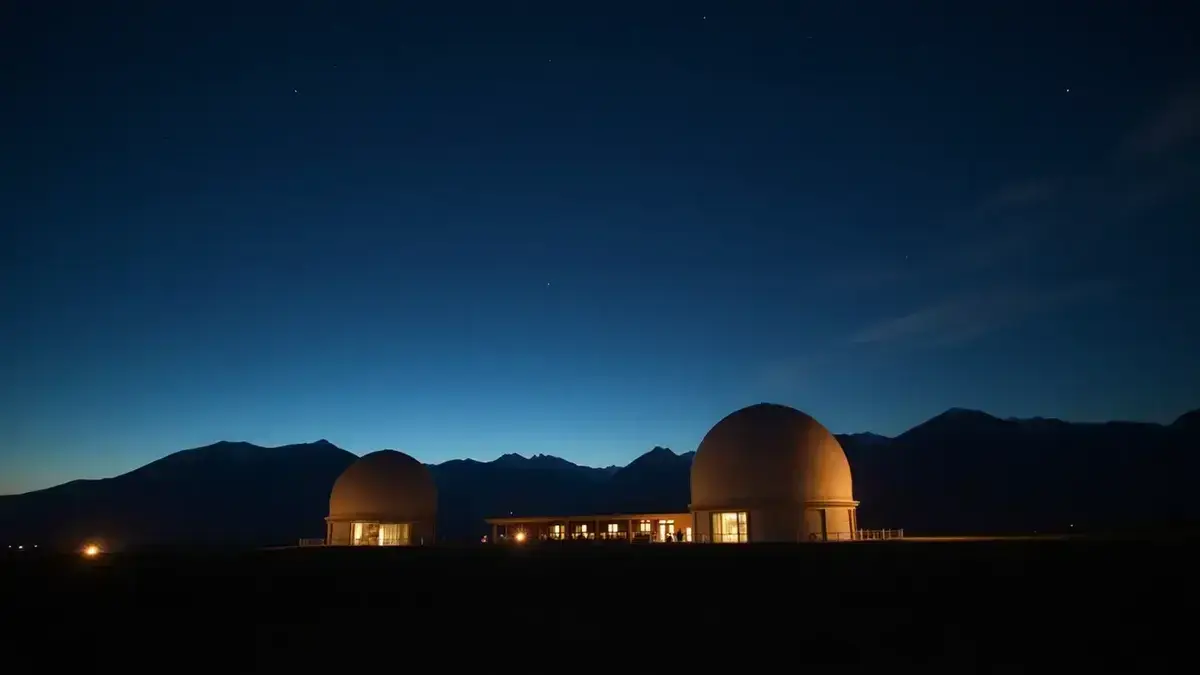Light pollution poses a serious threat to the Paranal Observatory, located at an elevation of 2,635 meters in Chile. This location offers exceptional observational conditions for astronomers, but a nearby energy project jeopardizes its integrity. Scientists are warning about the degradation of visibility of celestial phenomena, while advocating for the creation of a light exception zone to preserve this unique sanctuary, which is essential for our understanding of the universe.
The essence of the information
- Light pollution threatens the Paranal Observatory in Chile.
- This observatory, located at 2,635 meters, provides exceptional clarity for star observations.
- A nearby energy project affects the visibility of celestial phenomena and local wildlife.
- Astronomers are calling for the creation of a light exception zone to preserve this unique environment.
Light Pollution Affects the Paranal Observatory
In the heights of Chile, at an elevation of 2,635 meters, lies the Paranal Observatory, recognized as one of the most valuable places for star observation. However, a growing threat looms over this astronomical sanctuary: light pollution. This phenomenon, primarily caused by excessive public lighting and billboards, severely compromises the clarity of the sky, which is essential for astronomers.

A Nearby Mega Energy Project
The situation is exacerbated by a mega energy project being conducted by AES Andes, which is financing a green hydrogen and ammonia production facility near the observatory. The implications of this project for ambient light in the region are alarming. While Paranal benefits from air with exceptional purity, this initiative could lead to a significant increase in light pollution, threatening the integrity of this important observation site.
No Hydrogen, But Something Better: Elon Musk Has Discovered the Ideal Fuel… in the Atmosphere
The Impacts on Astronomy
Scientists and astronomers are concerned about this turn of events and are warning of a reduction in visibility of celestial phenomena. Events such as solar eclipses and meteor showers, which require clear skies to be observed, may become increasingly difficult to distinguish. The scientific community is thus calling for the establishment of a light exception zone around the observatory to protect this location from the harmful effects of surrounding lighting.
Impact on Wildlife and Human Health
Light pollution not only harms astronomers but also has significant consequences for migrating wildlife and human sleep. The alteration of natural light cycles disrupts animal behavior and can lead to imbalances in ecosystems. The implications of these changes are extensive, affecting both local biodiversity and the quality of life of surrounding human populations.
A Call for Preservation
The astronomical community advocates for the preservation of the clear skies of the Atacama Desert, which play a crucial role in our understanding of the universe. An increase in light pollution in Paranal could delay essential astronomical discoveries and jeopardize our capacity to study the cosmos. These unique conditions could disappear, putting at risk the myriad studies that have taken place there for decades.

